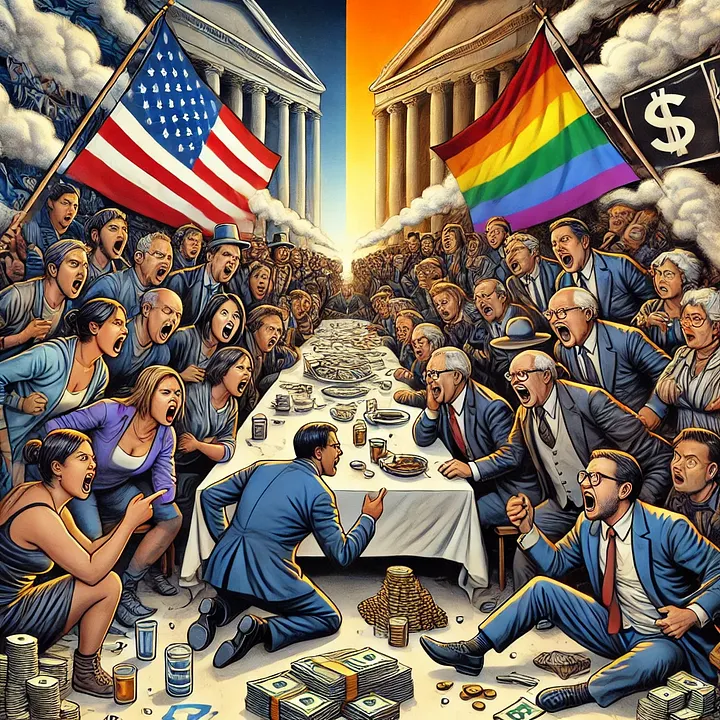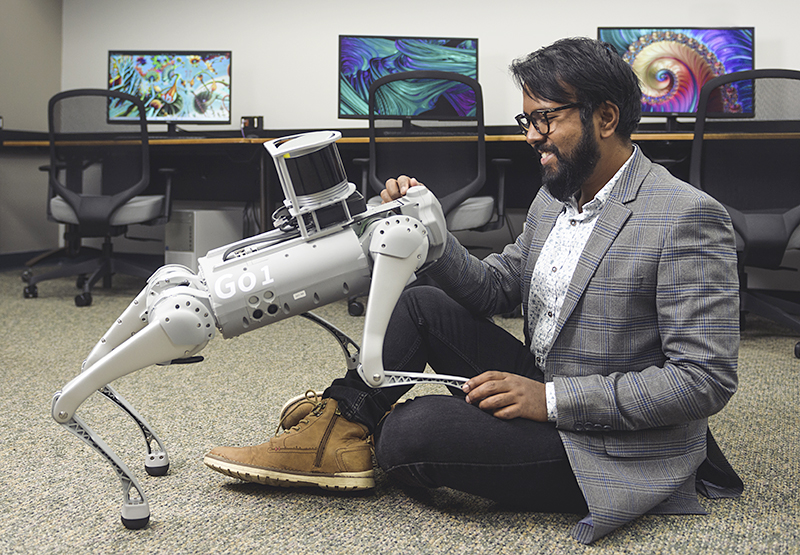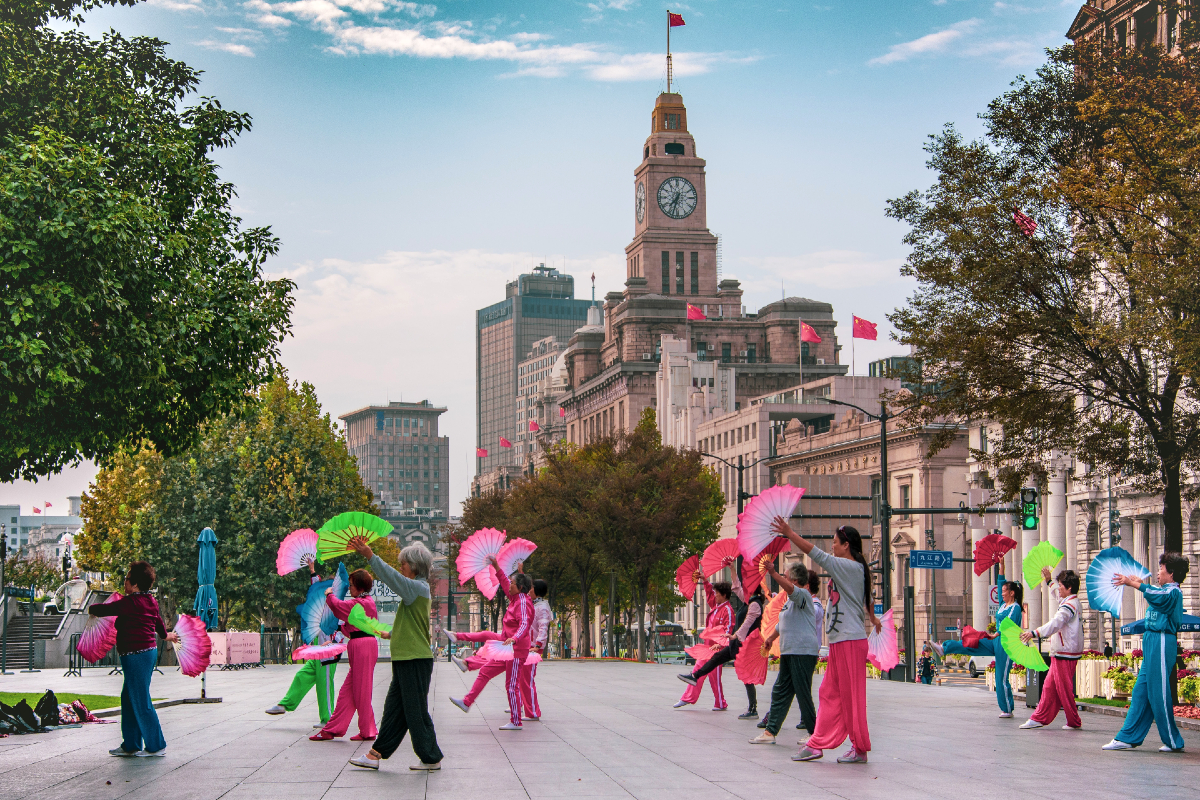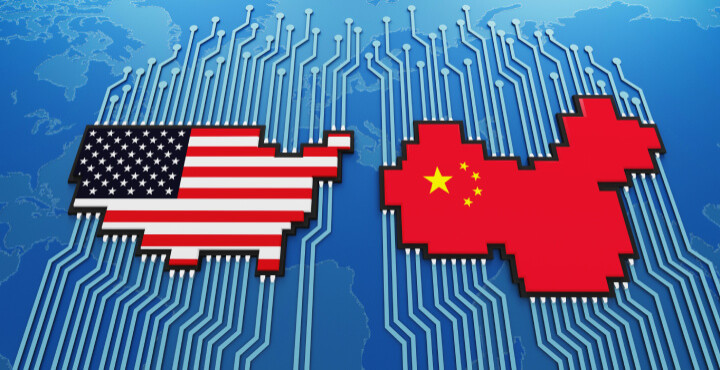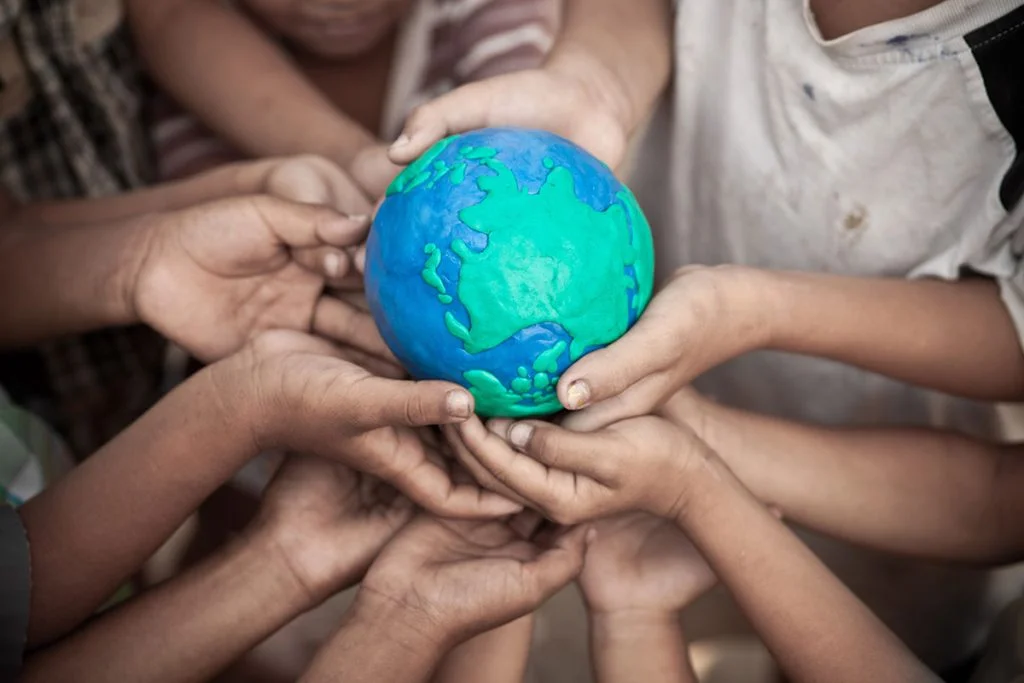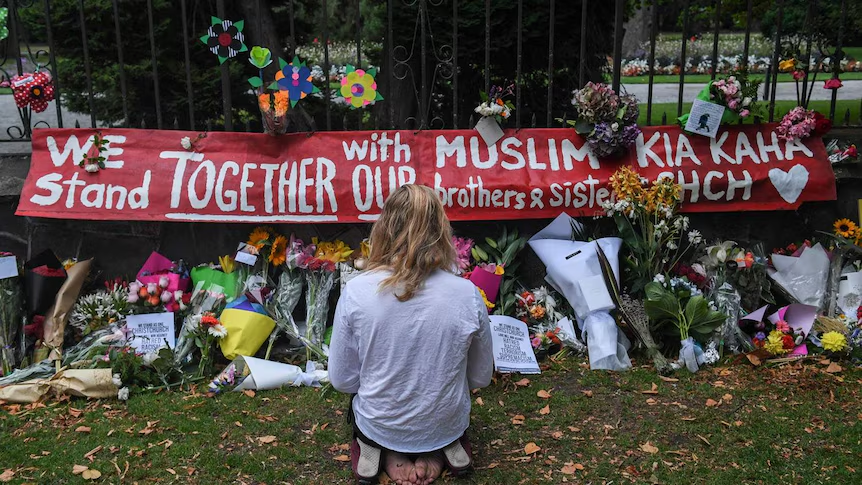The geopolitical landscape of the Middle East is undergoing one of its most dramatic transformations in decades. Once defined by conflict and rivalry, the region is now positioning itself as a hub for global cooperation, innovation, and commerce. These shifts are not only altering regional politics but also redrawing the global Map of power and influence.
At the center of this transformation are new Economic Partnerships, ambitious trade routes, and the much-discussed Economic Corridor that connects the East and West in unprecedented ways.
A Region in Transition
The Middle East of 2025 looks vastly different from what the world saw even five years ago. Traditional alliances have evolved, and new strategic ties are forming between nations once seen as adversaries. From Saudi Arabia and Iran reopening diplomatic channels to the growing influence of the UAE and Qatar in global investment, the region is redefining its role on the world Map.
This shift isn’t merely political it’s deeply economic. As global powers like China, India, and the United States compete for influence, Middle Eastern nations are leveraging Economic Partnerships to secure their place in a multipolar world.
The Rise of New Economic Partnerships
Energy may have once been the cornerstone of the Middle East’s global relevance, but today, diversification is the new mantra. Nations across the Gulf are investing in renewable energy, technology, tourism, and logistics.
Saudi Arabia’s Vision 2030, the UAE’s economic diversification plans, and Qatar’s global investment strategies all highlight the rise of new Economic Partnerships. These alliances are not limited to trade they extend into shared innovation, digital transformation, and infrastructure collaboration.
Such partnerships are helping the region transition from being energy exporters to global investors and developers, reshaping how economic power is distributed across continents.
The Economic Corridor: A Game Changer
Perhaps the most defining project of this geopolitical shift is the proposed Economic Corridor connecting India, the Middle East, and Europe. Backed by the U.S., Saudi Arabia, and the European Union, this initiative aims to create a seamless trade route that rivals China’s Belt and Road Initiative.
The Economic Corridor will link ports, railways, and digital networks, reducing transportation times and costs while boosting regional cooperation. More importantly, it symbolizes how the Middle East is no longer just a crossroads it’s becoming a central hub of global connectivity.
By strengthening ties with Asia and Europe simultaneously, this project could permanently alter the global Map of trade routes and supply chains.
Strategic Realignments and Global Influence
As Middle Eastern countries deepen Economic Partnerships, they are also redefining their foreign policy strategies. Instead of relying solely on Western alliances, nations like Saudi Arabia and the UAE are engaging more with Asian powers, African markets, and emerging economies.
This multipolar diplomacy is giving regional leaders greater leverage on the world stage. They are no longer passive players in global affairs they are architects of a new global order, where economic interdependence trumps ideological divides.
Challenges on the Horizon
Despite these promising developments, the path forward is not without obstacles. Regional instability, competition among major powers, and the need for political reforms continue to pose challenges.
For the Economic Corridor and other Economic Partnerships to succeed, Middle Eastern nations must maintain diplomatic balance and ensure transparent governance. Sustainable growth will depend on how effectively the region can manage these internal and external pressures.
Conclusion
The Middle East’s transformation in 2025 is more than a shift in regional dynamics it’s a global reset. The new Economic Partnerships and the ambitious Economic Corridor are redrawing the Map of international trade and diplomacy, positioning the region as a bridge between continents.
If successful, these initiatives could mark the Middle East’s evolution from a region defined by conflict to one that defines the future of global cooperation and economic power.

